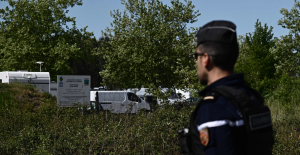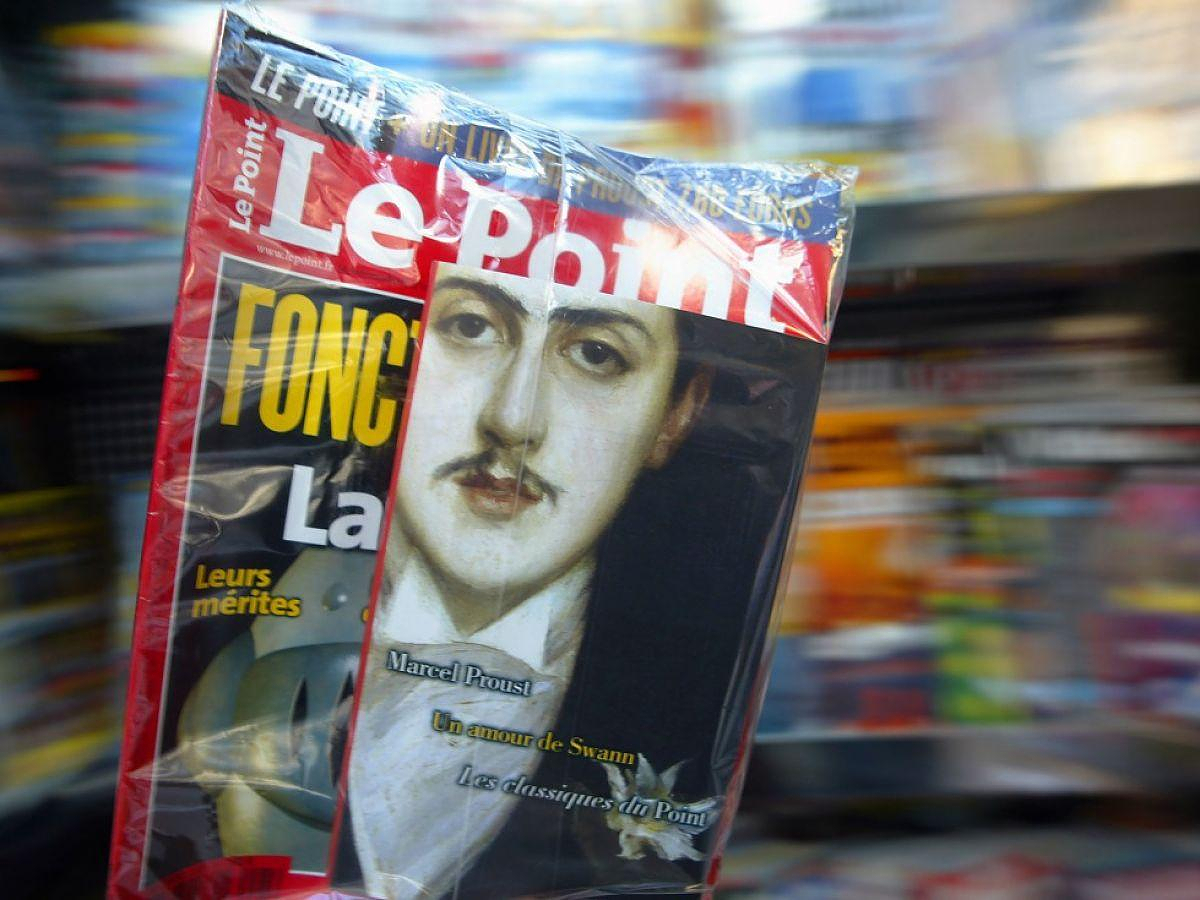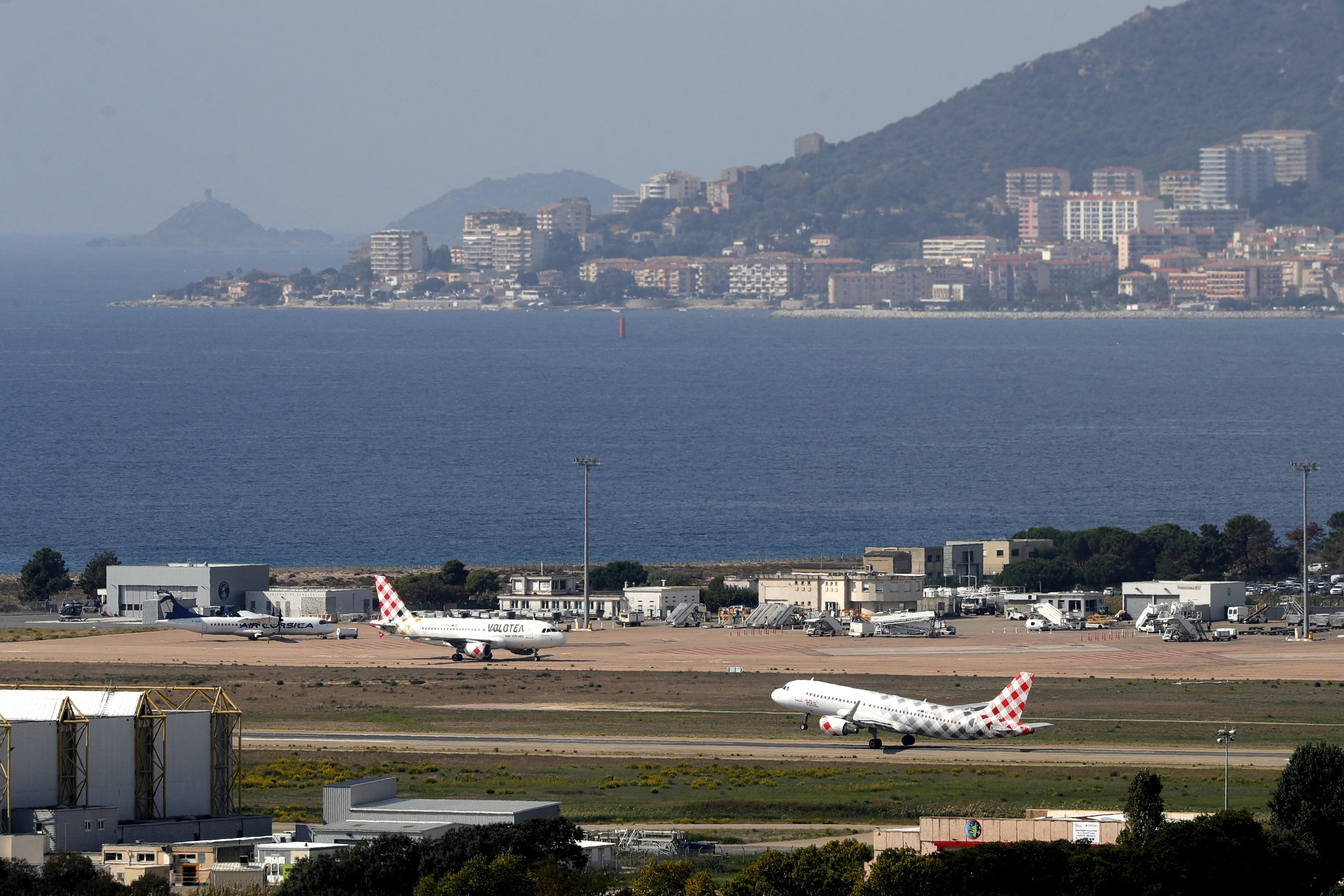The train journey to Japan's second largest, northernmost island is a bit monotonous, as it takes the Hokkaido Shinkansen through the almost 59-kilometer-long Seikan Tunnel. It connects Japan's main island of Honshu below the sea floor with the northern island of Hokkaido and is the second longest railway tunnel in the world.
However, Hokkaido itself is anything but boring - if only because the island is very different from the rest of the country: Firstly, things are much less bustling here than in Tokyo or Osaka, for example, because only around 5.3 million of the 126 million Japanese live on Hokkaido. Secondly, the mountainous, wooded landscape and the cool climate seem almost Scandinavian.
Thirdly, the animal world is special: in the largest Japanese national park Daisetsuzan, for example, live the giant osprey and the highly endangered, white-feathered red-crowned crane with the red patch of color on the head. It was considered extinct in Hokkaido at the end of the 19th century, and it was not until 1924 that a flock was rediscovered on the island; the Japanese Ministry of Culture then elevated the bird, which is a symbol of health and longevity, to a national monument.
Fourth, Hokkaido is a great place to relax - because of the many active volcanoes, there are plenty of hot springs, called onsen in Japan, where you can bathe, even in winter. Noboribetsu, the so-called Hell Valley, is famous nationwide for its sulphurous streams and ponds, billowing clouds of steam and geysers.
The winters are long and cold on the North Island and bring Hokkaido powder snow that is unique in the world, which makes the island - fifth - an excellent winter sports destination.
In 1972, Hokkaido's capital, Sapporo, hosted the Winter Olympics. With the sporting event, the Sapporo Snow Festival also became known, where artists create sculptures and palaces made of snow and ice every year. Southwest of the city is Japan's most popular ski resort, Niseko, whose fine powder snow attracts winter sports enthusiasts from all over the world.
Skiers and hikers are more lonely on the Asahi-dake, Hokkaido's highest mountain at 2290 meters, an active volcano in the northeast. It was considered by the native Ainu to be the playground of the gods. Hokkaido's newest ice treat is icebreaker excursions through the drift ice on the Sea of Okhotsk.
The chances of sighting during guided tours are 90 percent. Anyone who makes such promises has to be pretty sure. And the rangers on the Shiretoko Peninsula are sure.
The 25 km narrow, northeastern tip of Hokkaido extends 70 km into the Sea of Okhotsk. One of the most sparsely populated areas in Japan, it is home to an estimated 500 brown bears. The cape, which is crossed by a 1,500 meter high mountain ridge, is their habitat. Here the furry predators wake up from their hibernation in April. Mother and young animals then roam along the sea in search of food.
You can spot them on hiking trails and from the coastal road – although you have to be careful when stopping for a photo: an adult brown bear, two meters tall and weighing up to 400 kilos, can be knocked over by a car. And he has no qualms about attacking people. In 2021, nine cases of death or injury have been reported here so far.
Boat tours are therefore safer and more advisable. Then you also get to see the loneliest part of the cape, to which there is no longer a road, and sometimes dolphins and larger whales. Large parts of the Shiretoko Peninsula have been a national park since 1964 and a UNESCO World Heritage Site since 2005.
The temperature measured in Asahikawa on Hokkaido on January 25, 1902 was minus 41 degrees Celsius – the lowest value ever recorded in Japan. But not only in the 330,000-inhabitant city in the interior of the island it gets bitterly cold on a regular basis. In Rikubetsu, a small town in the east, the average temperature in late January and early February is always below minus 20 degrees, and the daily average temperature in January is minus 11.4 degrees.
The Japanese arm themselves against the cold with Cairo - that's the name of the small heat packs for on the go that you can get in convenience stores everywhere in winter. The pocket heater is a portable package that, once opened, reacts with oxygen to generate heat.
The Hokkaido pumpkin comes from Hokkaido? But that's only half the truth, because pumpkins weren't always available in Japan. Cucurbits only came to the island state with Portuguese seafarers in the 16th century.
The kuri aji variety on which Hokkaido is based, in turn, dates back to North American agricultural advisers who brought large, rather bland Hubbard squashes with them in the late 1800s.
A Japanese vegetable grower refined the vegetables. The result was the small, deep orange Hokkaido with its nutty aroma and edible thin skin. Because the first exported seed of this new pumpkin variety came from Hokkaido, the island became the namesake.
"Last night I went out on the boat. The marshland and the moon were beautiful”
This is how Marnie, character from "Memories of Marnie", raves about Hokkaido. The strip is an anime - so one of the typical Japanese cartoons. In 2016, the work was nominated for an Oscar in the category "Best Animated Feature Film".
The area in question is the Kushiro Marshes, Japan's largest wetland area at 183 square kilometers. The local Kushiro-Shitsugen National Park, home to 600 plants and 200 bird species, can be explored by canoe or on a Hokkaido pony, just like in the movies.
Bizarre, record-breaking, typical: You can find more parts of our regional geography series here.
This article was first published in November 2021.

 His body naturally produces alcohol, he is acquitted after a drunk driving conviction
His body naturally produces alcohol, he is acquitted after a drunk driving conviction Who is David Pecker, the first key witness in Donald Trump's trial?
Who is David Pecker, the first key witness in Donald Trump's trial? What does the law on the expulsion of migrants to Rwanda adopted by the British Parliament contain?
What does the law on the expulsion of migrants to Rwanda adopted by the British Parliament contain? The shadow of Chinese espionage hangs over Westminster
The shadow of Chinese espionage hangs over Westminster What High Blood Pressure Does to Your Body (And Why It Should Be Treated)
What High Blood Pressure Does to Your Body (And Why It Should Be Treated) Vaccination in France has progressed in 2023, rejoices Public Health France
Vaccination in France has progressed in 2023, rejoices Public Health France Food additives suspected of promoting cardiovascular diseases
Food additives suspected of promoting cardiovascular diseases “Even morphine doesn’t work”: Léane, 17, victim of the adverse effects of an antibiotic
“Even morphine doesn’t work”: Léane, 17, victim of the adverse effects of an antibiotic Collection of booklet A stalls in March
Collection of booklet A stalls in March Kering expects a 40 to 45% drop in operating profit in the first half
Kering expects a 40 to 45% drop in operating profit in the first half Smartphones, televisions, household appliances… MEPs adopt a “right to repair”
Smartphones, televisions, household appliances… MEPs adopt a “right to repair” Fintechs increasingly focused on business services
Fintechs increasingly focused on business services The standoff between the organizers of Vieilles Charrues and the elected officials of Carhaix threatens the festival
The standoff between the organizers of Vieilles Charrues and the elected officials of Carhaix threatens the festival Strasbourg inaugurates a year of celebrations and debates as World Book Capital
Strasbourg inaugurates a year of celebrations and debates as World Book Capital Kendji Girac is “out of the woods” after his gunshot wound to the chest
Kendji Girac is “out of the woods” after his gunshot wound to the chest The Court of Auditors scrutinizes the management and projects of the Center Pompidou
The Court of Auditors scrutinizes the management and projects of the Center Pompidou Skoda Kodiaq 2024: a 'beast' plug-in hybrid SUV
Skoda Kodiaq 2024: a 'beast' plug-in hybrid SUV Tesla launches a new Model Y with 600 km of autonomy at a "more accessible price"
Tesla launches a new Model Y with 600 km of autonomy at a "more accessible price" The 10 best-selling cars in March 2024 in Spain: sales fall due to Easter
The 10 best-selling cars in March 2024 in Spain: sales fall due to Easter A private jet company buys more than 100 flying cars
A private jet company buys more than 100 flying cars This is how housing prices have changed in Spain in the last decade
This is how housing prices have changed in Spain in the last decade The home mortgage firm drops 10% in January and interest soars to 3.46%
The home mortgage firm drops 10% in January and interest soars to 3.46% The jewel of the Rocío de Nagüeles urbanization: a dream villa in Marbella
The jewel of the Rocío de Nagüeles urbanization: a dream villa in Marbella Rental prices grow by 7.3% in February: where does it go up and where does it go down?
Rental prices grow by 7.3% in February: where does it go up and where does it go down? Europeans: “All those who claim that we don’t need Europe are liars”, criticizes Bayrou
Europeans: “All those who claim that we don’t need Europe are liars”, criticizes Bayrou With the promise of a “real burst of authority”, Gabriel Attal provokes the ire of the opposition
With the promise of a “real burst of authority”, Gabriel Attal provokes the ire of the opposition Europeans: the schedule of debates to follow between now and June 9
Europeans: the schedule of debates to follow between now and June 9 Europeans: “In France, there is a left and there is a right,” assures Bellamy
Europeans: “In France, there is a left and there is a right,” assures Bellamy These French cities that will boycott the World Cup in Qatar
These French cities that will boycott the World Cup in Qatar Football: VAFC supporters are ironic after their descent into National
Football: VAFC supporters are ironic after their descent into National Tennis: Carlos Alcaraz should play in Madrid
Tennis: Carlos Alcaraz should play in Madrid Football: victim of discomfort in the middle of a match in mid-April, Evan Ndicka will resume training with AS Roma
Football: victim of discomfort in the middle of a match in mid-April, Evan Ndicka will resume training with AS Roma Ligue 1: PSG almost champion, OM, shock for the C1… 5 reasons to follow an exciting evening
Ligue 1: PSG almost champion, OM, shock for the C1… 5 reasons to follow an exciting evening


















